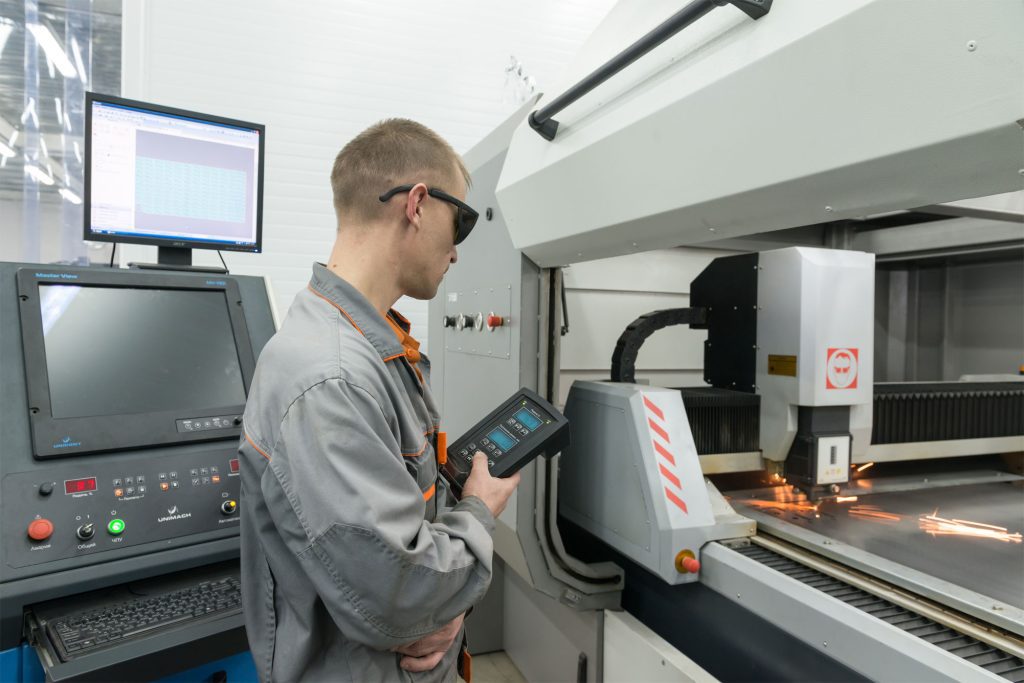In the world of modern manufacturing, Computer Numerical Control (CNC) machines have revolutionized the way we produce intricate and precise components. These machines, with their unmatched accuracy and efficiency, have become a cornerstone of various industries. However, to fully capitalize on their potential, integrating automation into the CNC process can significantly enhance productivity and reduce operational costs. In this blog post, we will explore the steps to cost-effectively automate a CNC machine, unlocking its true potential and staying ahead in today’s competitive manufacturing landscape.
Assessing Your Needs and Goals
Before diving into the automation process, it is crucial to conduct a comprehensive assessment of your manufacturing needs and long-term goals. Identify the specific tasks and processes that can be automated to improve efficiency. Consider the types of components you produce, production volumes, and the repetitive nature of certain operations. This analysis will guide you in selecting the most suitable automation solutions for your CNC machine.
Exploring Automation Options
Robotics and Loaders: Integrating robotics and loaders can streamline the CNC process by handling material loading and unloading tasks. This eliminates the need for manual intervention, reducing downtime and increasing productivity. Robotic systems can be programmed to perform complex operations, offering a versatile solution for varying production requirements.
Conveyor Systems: Implementing conveyor systems can optimize material handling between multiple CNC machines and workstations. This continuous flow of materials ensures a smooth production process, minimizing bottlenecks and maximizing machine utilization. Conveyor systems are particularly effective for high-volume production setups.
Tool Management Systems: Automated tool management systems help optimize tool changes, reducing idle time and increasing machining efficiency. These systems can monitor tool wear, tool life, and automatically replace worn tools, ensuring consistent and precise machining throughout the production run.
In-Process Inspection and Quality Control: Integrating in-process inspection and quality control systems allows for real-time monitoring and verification of component dimensions. Automated inspections help identify and rectify any deviations, ensuring the production of high-quality components without the need for manual inspection.
Choosing the Right Automation Partner
Selecting the right automation partner is critical for a successful integration process. Look for experienced automation providers who understand your industry’s specific requirements and have a proven track record in implementing CNC automation solutions. Collaborate with the provider to develop a tailored automation plan that aligns with your manufacturing goals and budget.
Training and Maintenance
Once the automation system is in place, ensure that your workforce receives proper training to operate and maintain the automated CNC machine. Proper training will empower your team to leverage the full potential of the automation system, while regular maintenance will keep the system running at optimal levels, reducing unexpected downtime and repair costs.
Automation is no longer a luxury; it is a necessity for manufacturers seeking to remain competitive and cost-efficient in today’s fast-paced industrial landscape. Integrating automation into a CNC machine can unlock significant benefits, including enhanced productivity, reduced operational costs, and improved product quality. By carefully assessing your needs, exploring the right automation options, choosing a reliable partner, and investing in training and maintenance, you can cost-effectively automate your CNC machine and pave the way for a successful future in manufacturing. Embrace automation today to stay ahead of the curve and propel your business towards unprecedented heights of success.

